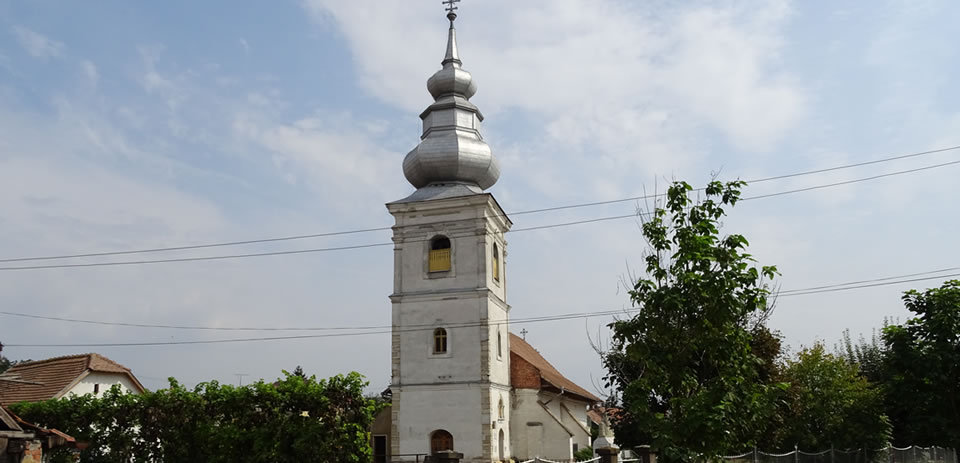The Assumption Church

COD LMI: AB-II-a-A-00125
Date(s) of Construction : sec. XVIII
"Adormirii Maicii Domnului" (Dormition of the Mother of God) Church in Lipoveni quarter
The sanctuary was built sometime in the first decades of the 18th century, possibly in 1720 or even in 1736 according to a Greek or Cyrillic inscription found on a candle here. Tradition connects the construction of the church with the Romanian masons from Lipova who were working on the erection of the Alba Carolina citadel, hence the name of Lipoveni quarter, where the inhabitants around the citadel were relocated. The subsidies granted in 1720 by the Austrians through general Steinville were testimony of this, ensuring the means to relocate the inhabitant from around the citadel to the above-mentioned quarter. This quarter was first mentioned in the Austrian cartographic representations in 1752.
A lapidary was built in the church courtyard bearing the old signs of graves, among which the stone ledgers of Ioan Dragoș of Thurma, Generals Lecca and Lupeanu, etc could be found.
Between 1759 and 1761, the Orthodox and the Greek-Catholics disputed this church among themselves, the edifice suffering damages and subsequently, significant repair works were necessary. The repair works performed in the second half of the 18th century were financed by the parish members, postmaster Ioan Dragoș of Thurma standing out among these. The walls were superelevated through the works, a new type of arch was fashioned and the bell tower was added in 1763, in the time of Bishop Petru Pavel Aron. The original chancel table was replaced with a new altar table in 1827, according to an inscription in the altar. Fragments of the original painting were found inside while performing the repair works in 1922. The most valuable decorative elements are preserved in the stone framework of the windows, two in the altar and six disposed symmetrically in the nave. These frameworks are adorned with floral motifs, an acanthus leave ending at the base with a rose window and with tulips on the archivolt, by the volutes.
The present day painting dates from 1957-1958, when the wooden altarpiece and the north pulpit were built.



